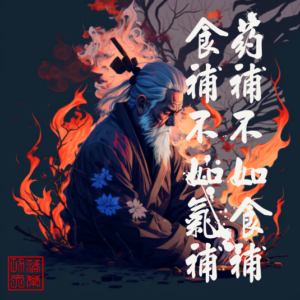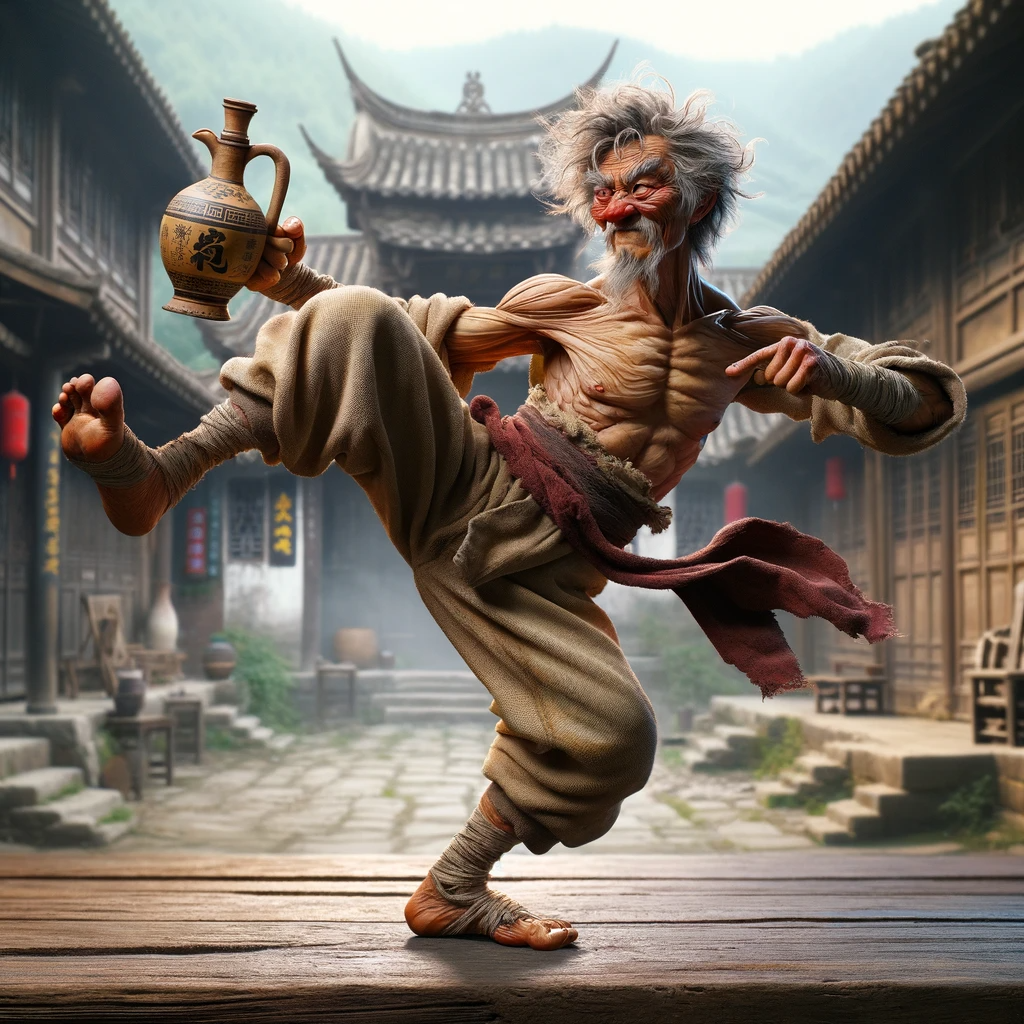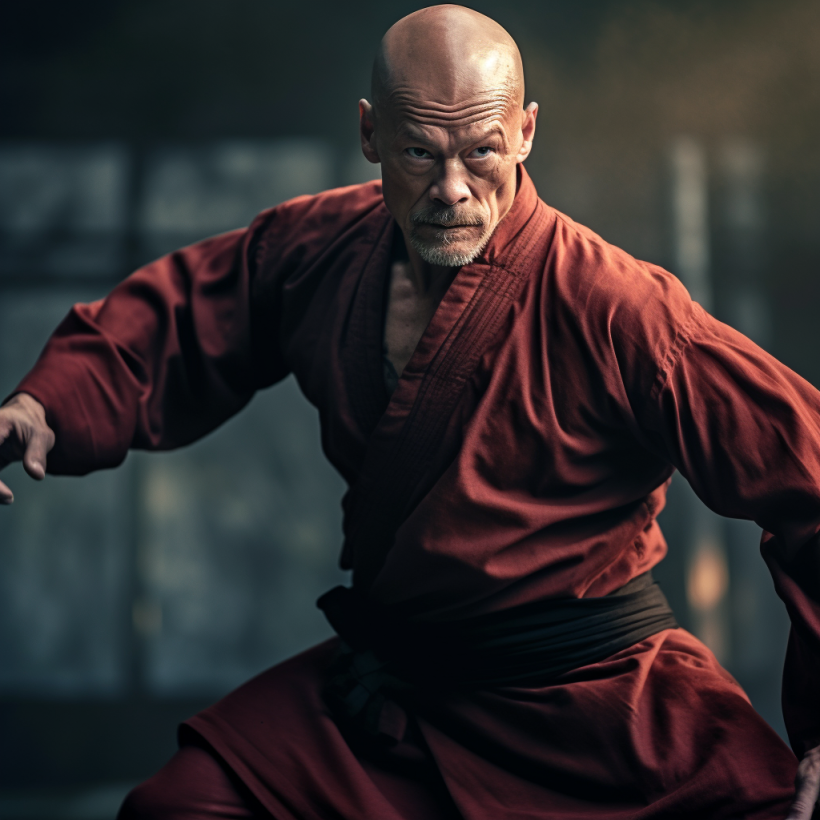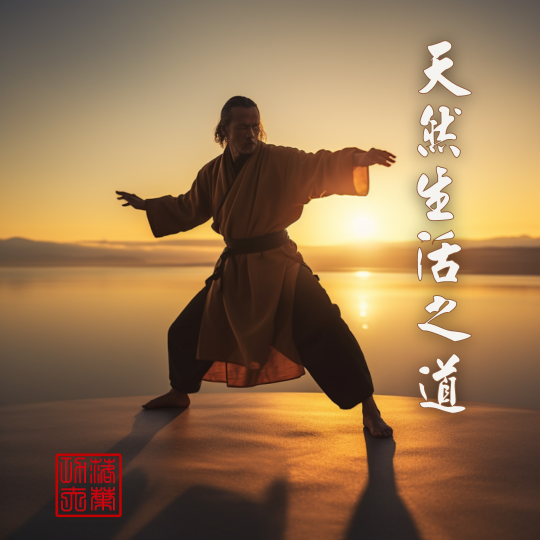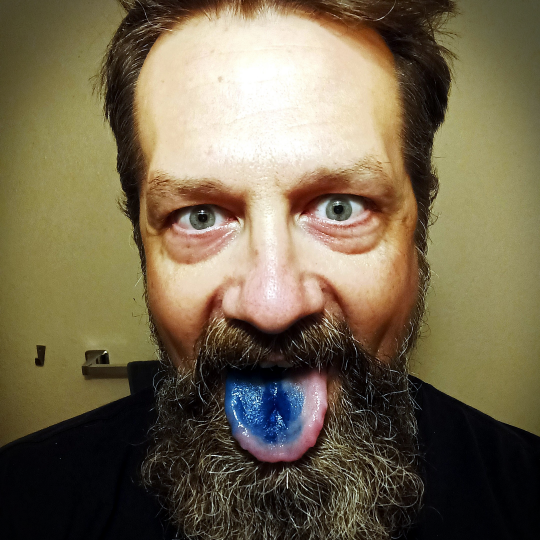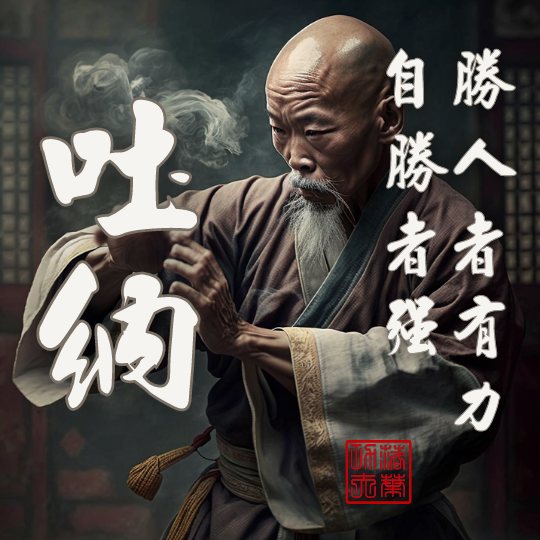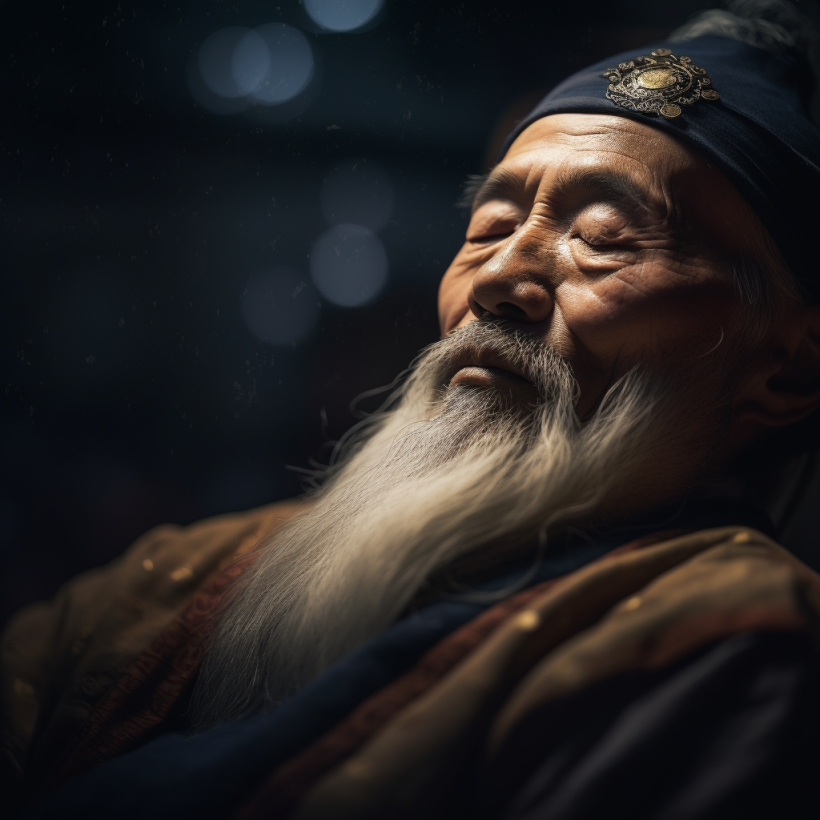
Introduction
Is strength training good for martial arts? This question sparks heated debates, especially within traditional martial arts communities where myths and misconceptions, such as fears of becoming “muscle-bound,” still run rampant.
But what if the synergy between strength training and martial arts could unlock a new level of performance, resilience, and technique refinement? How can the integration of weightlifting enhance the martial artist’s journey without compromising the art’s essence? And could the right balance between the two disciplines actually prevent injuries, improve health, and offer a competitive edge?

This article delves into the heart of these controversies, exploring the nuanced relationship between physical strength and martial arts proficiency. Drawing insights from strength coaching legends and the wisdom of the Old Masters, we uncover a simple framework that challenges old stereotypes and illuminates a path forward.
Join us as we navigate the intricate dance of muscle and mastery, where precision meets power, and discover how strength training can be a powerful ally in the martial artist’s quest for excellence.
Can Martial Arts Be Effective Without Any Strength Training?
Martial arts, at their core, are about the most efficient use of one’s body to finish a fight. There are numerous styles, such as Aikido or Tai Chi, that emphasize leverage, balance, and internal energy over brute strength.
However, even in these disciplines, a certain level of physical strength can enhance performance, reduce the risk of injury, and improve overall health. While martial arts can be effective without strength training, incorporating it can provide a competitive edge and bolster an athlete’s capabilities.
All martial arts train power, offense, and defense. Ultimately, without power, both offense and defense are ineffective. All other things being equal, two versions of the exact same fighter, the one who’s twice as strong has a significant tactical advantage.
How Do You Combine Strength Training with Martial Arts?
Bruce Lee’s legendary speed epitomizes the importance of strength and conditioning in martial arts. Balancing weight training with martial arts involves a simple approach to ensure both disciplines complement rather than hinder each other.
The key is following the right program, which means we’re not going to follow a program designed to specialize in strength training to the extent that it interferes with martial arts practice or one of the many trendy “functional” or “sport-specific” programs.
An effective strength training routine focusing on basic lifts can significantly enhance a martial artist’s strength without overwhelming their schedule or recovery capacity. Training strength just 2-3 times a week, alongside regular martial arts practice, allows us to develop an adequate strength base.
The Two-Factor Model of Sports Performance in Martial Arts
The Two Factor Model of Sports Performance, was a phrase coined by strength coach and author Mark “Rip” Rippetoe of Starting Strength fame. As discussed in his article “The Two-Factor Model of Sports Performance,” this model provides a simple, yet comprehensive framework for understanding how both physical conditioning and skill training contribute to athletic performance.
This model is particularly relevant to martial arts, where the balance between physical capacity and technical skill is paramount.
According to Rip, athletic performance is the outcome of two primary factors:
- Training
- Practice.
Training refers to the physical adaptations accumulated through repeated exposure to “heavy” loads under the bar, encompassing strength, endurance, and flexibility.
Practice, on the other hand, is the technical skill development specific to the sport or activity. The founder of Zhong Xin Dao I Liq Chuan, GM Sam Chin, frequently makes the distinction between “hardware” and “software.” Strength training is a hardware upgrade, while practice is a software upgrade.
In a nutshell, training increases physical capacity; practice increases skill.
Starting Strength by Mark Rippetoe is the simplest, most straightforward program for getting stronger for athletes and regular folks alike.
Strength however, is a supplement, not a substitute for skill.
When developed through targeted training, strength serves as a powerful adjunct to the martial artist’s arsenal. It can help us to punch harder, increase our resilience against injuries, and extend the duration over which high-level performance can be maintained.
However, it’s crucial to recognize that strength alone cannot compensate for a lack of skill or understanding of the art. The most powerful strike or the strongest grip lacks effectiveness if not applied with precision, timing, and the strategic acumen that skillful practice develops.
At the heart of martial arts lies the mastery of skill (though frequent practice), which can be defined as “accuracy and precision.” Accuracy refers to the degree of closeness to a standard of perfect execution. For martial arts (and I Liq Chuan especially), this standard is not arbitrary but is rooted in the principles and techniques that have been refined over centuries of practice.
Precision takes the concept of accuracy a step further by emphasizing the ability to repeat the degree of closeness to perfect execution during subsequent executions. This consistency is crucial in high-pressure situations with potentially catastrophic consequences, such as self-defense scenarios, where the ability to perform techniques accurately under stress makes the difference between going home, going to the hospital, or going to the morgue.
The integration of strength training into a martial artist’s regimen should be approached with the understanding that it is meant to complement, not overshadow, skill development (which is where most people go wrong).
A well-rounded training program for a martial artist includes both the refinement of technique and enhancement of physical attributes. However, there is no need to tailor a strength training program to support the specific demands of the martial art practiced. A simple tried-and-true program focusing on the basic lifts is enough. To restate the most fundamental principle, strength is a non-specific adaptation, and its application is universal.
How Can I Improve My Martial Arts Strength?
Improving martial arts strength involves focusing on compound lifts that build functional strength applicable to martial arts movements. Exercises like squats, deadlifts, bench presses, and overhead presses are fundamental. Achieving a strength base—squatting 1.75x body weight, deadlifting 2x body weight, bench pressing body weight, and pressing 0.75x body weight—provides a solid foundation.
A simple, efficient program like Starting Strength’s novice linear progression can guide martial artists to achieve these benchmarks with minimal time investment, allowing for continued focus on technical training.
Old School vs. Modern Strength Training
In the early 2000s, I fell head over heels for the “new school” of strength training. You know, the kind that promised to revolutionize performance with exercises so “functional” they’d make a Swiss Army knife look underprepared. I was dazzled by the allure of sports-specific training, convinced that mimicking martial arts movements with bands and unstable surfaces was the shortcut to success.
Oh, and let’s not forget the single-leg balance acts that seemed more fitting for a circus audition than an athlete’s regimen. I was all in on this modern marvel of athletic training.
But after the novelty wore off, I found myself tangled in a web of overly complicated routines that were more about showcasing some so-called strength coach’s creativity than enhancing athletic performance.
Over time, I began to realize the magic was in the simple, basic hard work I was avoiding.
The basic lifts are the foundation of true, applicable strength that doesn’t discriminate by sport or activity because, guess what, lifting heavy stuff efficiently tends to be universally beneficial.

In Rip’s words, the stronger you are, the more sub-maximal (i.e., easier) every application of force becomes.
The realization hit me—I was investing more time learning to balance on a Bosu ball while juggling kettlebells than improving at my martial arts. “Surprisingly,” the best way to get better at kicking was to practice kicking more, not do one-legged squats while playing catch.
Although I still find certain exercises from functional training useful as part of a warmup or for rehabbing certain injuries, as is often the case with martial arts, real training is straightforward and unglamorous, but progress is measurable. Old school isn’t just old; it’s timeless. And sometimes, the best way forward is to look back. Traditions don’t just come from nowhere; they’re experiments that worked.

Explore 10 Fitness Items Bruce Lee Would Love for insights into how traditional and contemporary tools can complement each other
Martial Arts Strength Training Routine
A martial artist’s strength training routine should be concise and focused. A minimal yet effective routine could include squatting twice a week and deadlifting once a week, using a 5×5 scheme. This routine can be completed in roughly 75 minutes per week, ensuring that the martial artist spends the minimum amount of time necessary on strength training while still achieving significant gains. This approach allows for ample recovery and continued focus on martial arts training.
- Concise & Focused: Aim for efficiency in your routine.
- Weekly Schedule:
- Squats: Twice a week
- Deadlifts: Once a week
- Training Scheme: 5 sets of 5 reps (5×5)
- Total Time: Approximately 75 minutes per week
- Benefits:
- Minimal Time Commitment: Maximizes strength gains with minimal time spent.
- Ample Recovery: Ensures sufficient rest for recovery.
- Focus on Martial Arts: Allows continued emphasis on martial arts training.
With the ISOMAX you can perform practically every exercise you can do with a barbell—bench press, squats, rows, deadlifts, curls, etc.— but isometrically.
With isometrics, you can:
- Increase absolute strength much faster than with regular forms of exercise
- Build muscle as fast (or faster) than with conventional resistance training
- Develop greater speed and explosiveness
- Ease pain and actually heal old joint injuries — while using more weight than ever!
How Often Should a Martial Artist Lift Weights?
For martial artists, lifting weights 2-3 times a week is optimal. This frequency ensures a balance between gaining strength and allowing for recovery and martial arts practice. The goal is to enhance physical capabilities without overtraining or detracting from technical skill development. A simple “Monday, Wednesday, Friday” split works well for most people.
What Muscles Should Martial Artists Train?
The essence of strength training for martial artists lies not in isolating specific muscles but in enhancing the body’s cohesive strength as a unified entity. Squats and deadlifts stand out in this regimen, training the body in a holistic manner that’s inherently applicable to martial arts.
These exercises don’t just target individual muscle groups; they cultivate a synergy across the legs, back, chest, shoulders, and core, mirroring the comprehensive demands of martial arts. By focusing on such compound movements, martial artists can achieve a balanced development that elevates their performance, from striking power to grappling prowess, embodying the principle that strength is most effective when it’s built as a collective, functional unit.
“All the mystery of combat is in the legs and it is to the legs that we should apply ourselves.”
Marshal Maurice de Saxe, The Soldier’s Load and The Mobility of a Nation
While single-joint exercises can be useful in rehabilitation or when navigating injuries, most training should prioritize the foundational compound lifts—squats, deadlifts, and presses. These exercises form the cornerstone of an effective training regimen, ensuring comprehensive strength development that’s both practical and applicable to a wide range of activities, including the rigorous demands of martial arts. Emphasizing these lifts ensures that training remains focused on building a strong, resilient body capable of performing at its peak, regardless of the specific challenges it faces.
Conclusion
At its core, martial arts demand precision, technique, and an intimate understanding of one’s own body. Yet, as we’ve seen, the incorporation of strength training can significantly amplify these attributes, providing a competitive edge and bolstering an athlete’s capabilities. The nuanced relationship between physical strength and martial arts proficiency is not about choosing one over the other but rather about finding the right balance that allows each to complement the other effectively.
Strength training, when approached with mindfulness and a clear understanding of its role as an adjunct to martial arts practice, can prevent injuries, improve overall health, and extend the duration of high-level performance. The key lies in selecting exercises that build functional strength directly applicable to martial arts movements, such as squats, deadlifts, and presses. These compound lifts not only enhance physical capacity but also ensure that the body operates as a cohesive unit, mirroring the comprehensive demands of martial arts.
Moreover, the wisdom of integrating strength training into martial arts is underscored by the insights of legends like Bruce Lee, whose philosophies and practices continue to influence both disciplines. By embracing a routine that respects the balance between lifting weights and honing martial skills, practitioners can achieve a synergy that elevates their art to new heights.
Ultimately, the journey of a martial artist is one of continuous learning and adaptation. Embracing strength training as a valuable component of this journey does not detract from the essence of martial arts but rather enriches it, offering a path to greater resilience, power, and precision. As we navigate this path, we are reminded that strength is a supplement, not a substitute, for skill, and that the mastery of martial arts lies not just in the force of a strike but in the harmony of mind, body, and spirit.

Read More!
- Why Hand-to-Hand Combat Still Matters in the Firearm Era
- What is a Kung Fu Master Called?
- Woman Fight’s Off Her Attacker At The Gym!
- Bruce Lee’s Real Fights: The True Stories Behind the Legend
About the Author

Ashe Higgs, I Liq Chuan Master Instructor & L2 Nutrition Coach
Ashe is a highly skilled martial arts instructor and certified nutrition coach with over two decades of experience in the field. He holds a Master Instructor certification in I Liq Chuan under Sam FS Chin, making him one of only several individuals worldwide to hold the title. He has taught classes and workshops worldwide and is passionate about helping others achieve their fitness and wellness goals.
With a background in full-contact fighting and a Level 2 certification from Precision Nutrition in nutrition coaching, Ashe is a well-rounded expert in the fields of martial arts. In addition to his expertise, he has a wealth of experience in teaching and mentoring others. He has a natural ability to connect with his students and inspire them to reach their full potential.
Disclaimers & Conflicts of Interest
I am not a doctor, and the information provided should not be considered medical advice. The information provided is for educational and informational purposes only and should not be used as a substitute for professional medical advice, diagnosis, or treatment. Consult your doctor or a qualified healthcare professional before making any changes to your diet, exercise routine, or lifestyle.
Please note that some of the links provided in this content may be affiliate links, meaning that I may receive a small commission if you purchase through them. However, please rest assured that any products or services recommended are based on my personal experience and belief in their value. I only recommend products or services that I have personally used and believe in.
